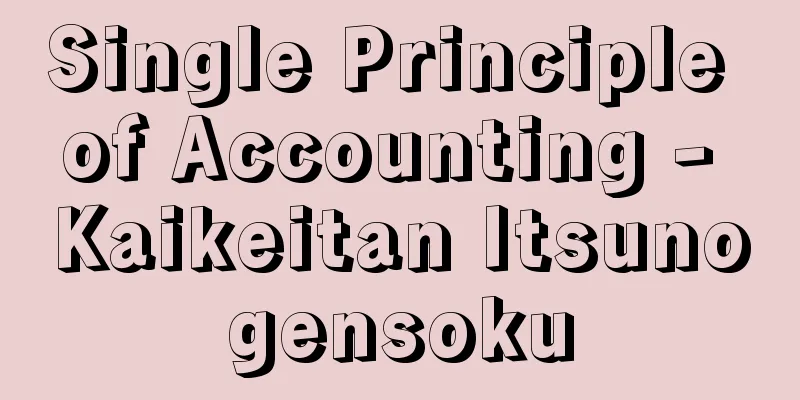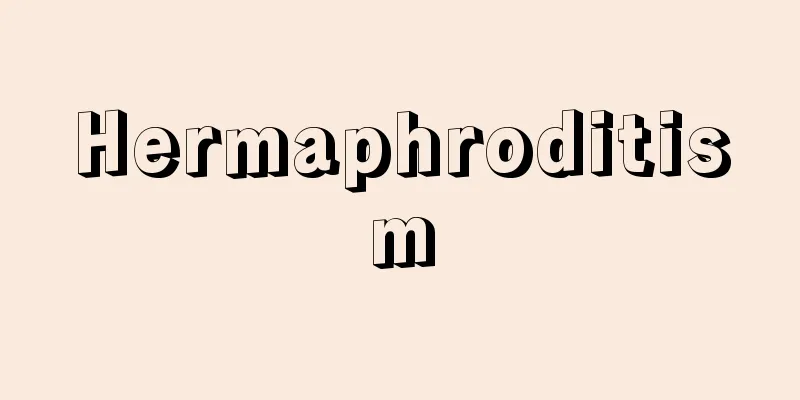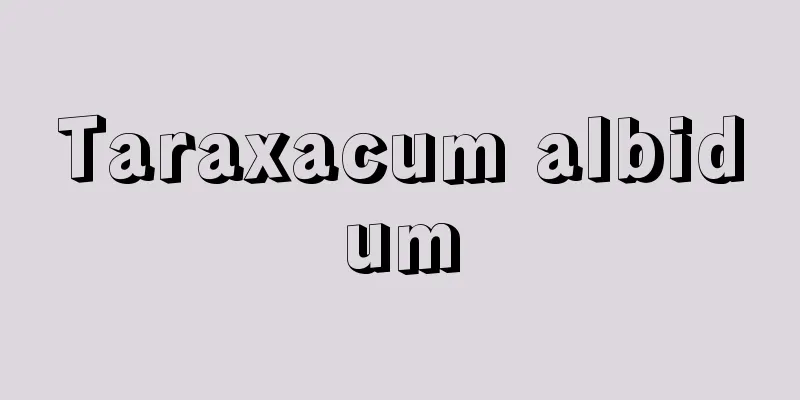Ibusukibashi Muregawa Ruins - Ibusukibashi Muregawa Ruins

|
<br /> The remains of a settlement in Junicho, Ibusuki City, Kagoshima Prefecture. This complex site is located on a gentle slope at an altitude of 14 to 18 meters, with a distant view of Kagoshima to the east, and a hilly mountain range that makes up the western half of the city in the background. It was the first site in Japan to be unearthed with Yayoi pottery from above and Jomon pottery from below, sandwiched between volcanic ash, and the stratigraphic relationship between the older and older pottery was made clear, leading to it being designated as a national historic site in 1924 (Taisho 13). Excavations in 1988 uncovered a portion buried by the eruption of Kaimon-dake in 874 ( Jogan 16), which is mentioned in the Nihon Sandai Jitsuroku (Chronicles of the Three Generations of Japan). In 1996 (Heisei 8), it was given additional designation and its name was changed from Ibusuki Ruins. At the artifact-containing site, Yayoi pottery and Sueki pottery were discovered in the dark brown volcanic ash layer above the dark brown volcanic eruption layer that does not contain any artifacts, and Ibusuki-style pottery from the late Jomon period was discovered in the layer below. This proves that Jomon pottery and Yayoi pottery were not made by different peoples in the same era, but that the Jomon and Yayoi cultures are older and newer from the top of the strata. Currently, both banks of the Hashimure River have been developed as a historic park where visitors can see the artifact-containing conditions, and pit dwellings have also been restored. The Ibusuki City Archaeological Museum is adjacent to the site. It is about a 10-minute walk from Ibusuki Station on the JR Ibusuki-Makurazaki Line. Source: Kodansha National Historic Site Guide Information |
|
鹿児島県指宿(いぶすき)市十二町にある集落跡。市の西半分を占める丘陵性山地を背景に、東方に鹿児島を遠望する標高14~18mの緩傾斜地に立地する複合遺跡。わが国で初めて火山灰をはさんで上から弥生土器、下から縄文土器が出土することが判明し、その新旧関係が層位学的に明らかになったことから、1924年(大正13)に国の史跡に指定された。1988年の発掘で『日本三代実録』に記載された874年(貞観16)の開聞岳(かいもんだけ)の噴火で埋もれた部分が発見され、1996年(平成8)に追加指定を受け、指宿遺跡から名称変更された。遺物包含地では、遺物を包含しない黒褐色の火山噴出層を境として、その上の黒褐色火山灰層からは弥生土器と須恵器(すえき)が発見され、下の層からは縄文時代後期の指宿式土器が発見された。これにより、縄文土器と弥生土器は同じ時代に違う民族が作ったものではなく、縄文文化と弥生文化の新旧が地層の上から実証された。現在、橋牟礼川の両岸で遺物包含状況が見学できるよう史跡公園として整備され、竪穴(たてあな)式住居も復元されている。隣接して指宿市考古博物館がある。JR指宿枕崎線指宿駅から徒歩約10分。 出典 講談社国指定史跡ガイドについて 情報 |
Recommend
Company merger - kaishagappei
...A company merger is when two or more companies...
prolapse of the rectum
...These result in inflammation and rectal stenos...
Contact potential difference
The potential difference that occurs between two ...
Discharge box - Hodenbako
Spark chamber. A device for detecting the tracks o...
Military operation
A general term for anti-enemy actions taken by mil...
American Board of Commissioners for Foreign Missions
The oldest interdenominational foreign mission org...
Bibliotheca
…It is also called a “bunko” (library), and in th...
Conditional rights - conditional rights
When a condition is attached to a legal act, the e...
Umewaka School
...On the other hand, the Umewaka school lost its...
Otani Kozui - Otani Kozui
The 22nd head priest of the Hongan-ji Temple of t...
Bales of Shadows
… They include Nidoimo, Koboimo, and Kanbraimo, a...
First Torii Gate - Ichinotorii
① The first torii gate counting from the entrance ...
Furukawa Green Wave - Furukawa Roppa
A comedic actor. His real name was Ikuro. He was ...
Aitor
...Therefore, the Basque region, in a broad sense...
Awa Naruto Mono - Awa no Naruto Mono
A type of puppet theater and Kabuki play, it combi...









